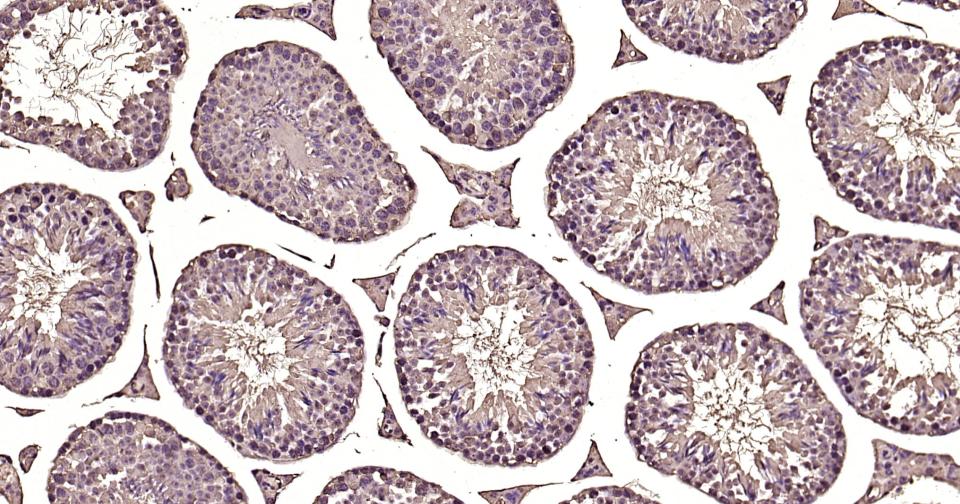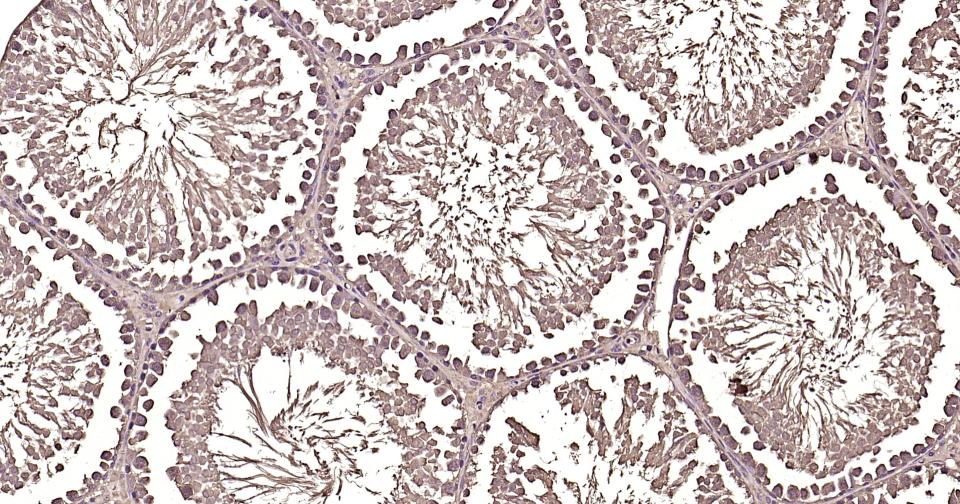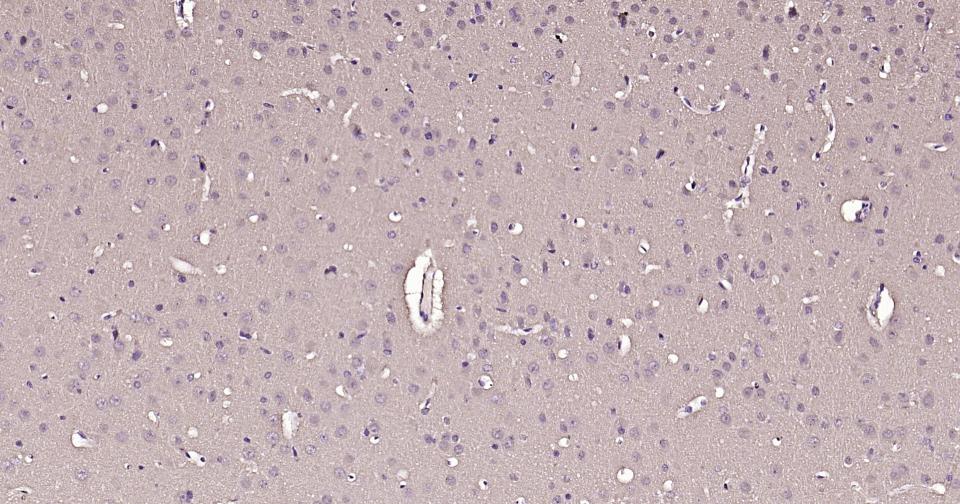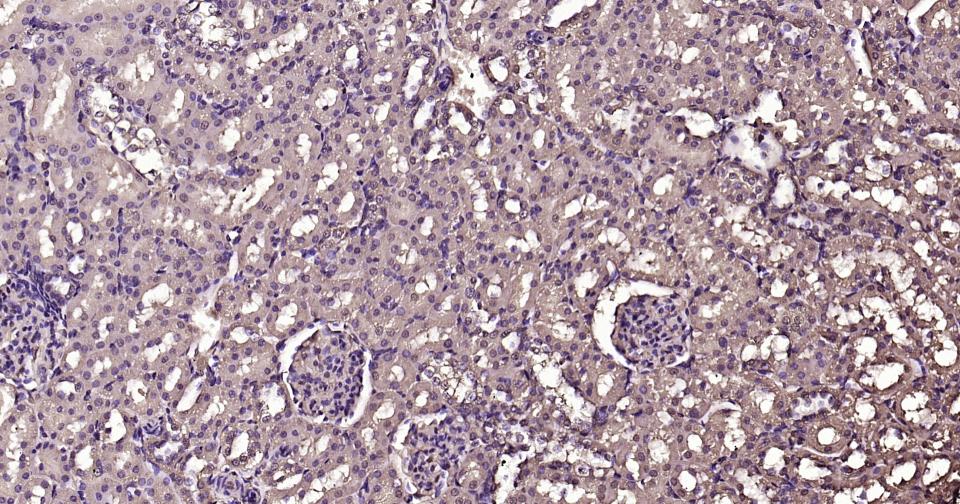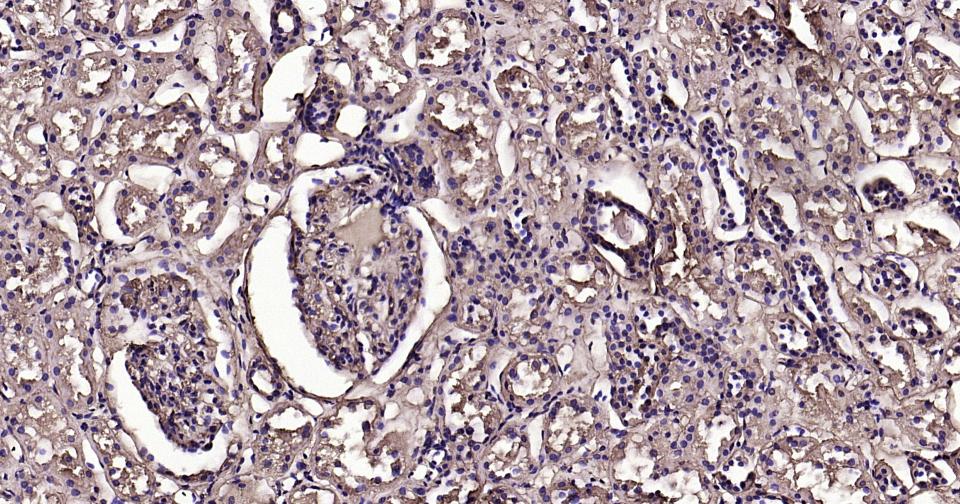Calmodulin 1 Recombinant Rabbit mAb
Calmodulin 1 Recombinant Rabbit mAb
- SPECIFICATION
- CITATIONS
- PROTOCOLS
- BACKGROUND

Application
| WB, IHC-P, IHC-F, IF, ICC, IP |
|---|---|
| Primary Accession | P0DP23 |
| Reactivity | Human |
| Host | Rabbit |
| Clonality | Recombinant |
| Calculated MW | 17 KDa |
| Physical State | Liquid |
| Immunogen | A synthesized peptide derived from human Calmodulin 1 |
| Epitope Specificity | 100-149 |
| Isotype | IgG |
| Purity | affinity purified by Protein A |
| Buffer | 10mM phosphate buffered saline(pH 7.4) with 150mM sodium chloride, 0.05% BSA, 0.02% Proclin300 and 50% glycerol. |
| SUBCELLULAR LOCATION | Cytoplasm, cytoskeleton, spindle. Cytoplasm, cytoskeleton, spindle pole. Note=Distributed throughout the cell during interphase, but during mitosis becomes dramatically localized to the spindle poles and the spindle microtubules. |
| SIMILARITY | Belongs to the calmodulin family. Contains 4 EF-hand domains. |
| SUBUNIT | Interacts with MYO1C and RRAD. Interacts with MYO10 (By similarity). Interacts with CEP97, CEP110, TTN/titin and SRY. Interacts with USP6; the interaction is calcium dependent. Interacts with CDK5RAP2. Interacts with SCN5A. Interacts with RYR1 and RYR2. |
| Post-translational modifications | Ubiquitination results in a strongly decreased activity. Phosphorylation results in a decreased activity. |
| Important Note | This product as supplied is intended for research use only, not for use in human, therapeutic or diagnostic applications. |
| Background Descriptions | Calmodulin acts as part of a calcium signal transduction pathway by mediating the control of a large number of enzymes, ion channels, aquaporins and other proteins through calcium-binding. Calcium-binding is required for the activation of calmodulin. |
| Gene ID | 801;805;808 |
|---|---|
| Other Names | Calmodulin-1 {ECO:0000312|HGNC:HGNC:1442}, CALM1 {ECO:0000303|PubMed:7925473, ECO:0000312|HGNC:HGNC:1442} |
| Dilution | WB=1:1000-1:2000,IHC-P=1:100-1:500,IHC-F=1:100-1:500,ICC/IF=1:50-1:200,IF=1:100-1:500,IP=1:20-1:50,Flow-Cyt=1:20-1:100 |
| Storage | Store at -20 ℃ for one year. Avoid repeated freeze/thaw cycles. When reconstituted in sterile pH 7.4 0.01M PBS or diluent of antibody the antibody is stable for at least two weeks at 2-4 ℃. |
| Name | CALM1 {ECO:0000303|PubMed:7925473, ECO:0000312|HGNC:HGNC:1442} |
|---|---|
| Function | Calmodulin acts as part of a calcium signal transduction pathway by mediating the control of a large number of enzymes, ion channels, aquaporins and other proteins through calcium-binding (PubMed:16760425, PubMed:23893133, PubMed:26969752, PubMed:27165696, PubMed:28890335, PubMed:31454269, PubMed:35568036). Calcium-binding is required for the activation of calmodulin (PubMed:16760425, PubMed:23893133, PubMed:26969752, PubMed:27165696, PubMed:28890335, PubMed:31454269, PubMed:35568036). Among the enzymes to be stimulated by the calmodulin-calcium complex are a number of protein kinases, such as myosin light-chain kinases and calmodulin-dependent protein kinase type II (CaMK2), and phosphatases (PubMed:16760425, PubMed:23893133, PubMed:26969752, PubMed:27165696, PubMed:28890335, PubMed:31454269, PubMed:35568036). Together with CCP110 and centrin, is involved in a genetic pathway that regulates the centrosome cycle and progression through cytokinesis (PubMed:16760425). Is a regulator of voltage- dependent L-type calcium channels (PubMed:31454269). Mediates calcium- dependent inactivation of CACNA1C (PubMed:26969752). Positively regulates calcium-activated potassium channel activity of KCNN2 (PubMed:27165696). Forms a potassium channel complex with KCNQ1 and regulates electrophysiological activity of the channel via calcium- binding (PubMed:25441029). Acts as a sensor to modulate the endoplasmic reticulum contacts with other organelles mediated by VMP1:ATP2A2 (PubMed:28890335). |
| Cellular Location | Cytoplasm, cytoskeleton, spindle. Cytoplasm, cytoskeleton, spindle pole. Cytoplasm, cytoskeleton, microtubule organizing center, centrosome. Cell projection, cilium, flagellum {ECO:0000250|UniProtKB:P0DP26} Note=Distributed throughout the cell during interphase, but during mitosis becomes dramatically localized to the spindle poles and the spindle microtubules |

Thousands of laboratories across the world have published research that depended on the performance of antibodies from Abcepta to advance their research. Check out links to articles that cite our products in major peer-reviewed journals, organized by research category.
info@abcepta.com, and receive a free "I Love Antibodies" mug.
Provided below are standard protocols that you may find useful for product applications.
Background
This product as supplied is intended for research use only, not for use in human, therapeutic or diagnostic applications.
If you have used an Abcepta product and would like to share how it has performed, please click on the "Submit Review" button and provide the requested information. Our staff will examine and post your review and contact you if needed.
If you have any additional inquiries please email technical services at tech@abcepta.com.













 Foundational characteristics of cancer include proliferation, angiogenesis, migration, evasion of apoptosis, and cellular immortality. Find key markers for these cellular processes and antibodies to detect them.
Foundational characteristics of cancer include proliferation, angiogenesis, migration, evasion of apoptosis, and cellular immortality. Find key markers for these cellular processes and antibodies to detect them. The SUMOplot™ Analysis Program predicts and scores sumoylation sites in your protein. SUMOylation is a post-translational modification involved in various cellular processes, such as nuclear-cytosolic transport, transcriptional regulation, apoptosis, protein stability, response to stress, and progression through the cell cycle.
The SUMOplot™ Analysis Program predicts and scores sumoylation sites in your protein. SUMOylation is a post-translational modification involved in various cellular processes, such as nuclear-cytosolic transport, transcriptional regulation, apoptosis, protein stability, response to stress, and progression through the cell cycle. The Autophagy Receptor Motif Plotter predicts and scores autophagy receptor binding sites in your protein. Identifying proteins connected to this pathway is critical to understanding the role of autophagy in physiological as well as pathological processes such as development, differentiation, neurodegenerative diseases, stress, infection, and cancer.
The Autophagy Receptor Motif Plotter predicts and scores autophagy receptor binding sites in your protein. Identifying proteins connected to this pathway is critical to understanding the role of autophagy in physiological as well as pathological processes such as development, differentiation, neurodegenerative diseases, stress, infection, and cancer.
